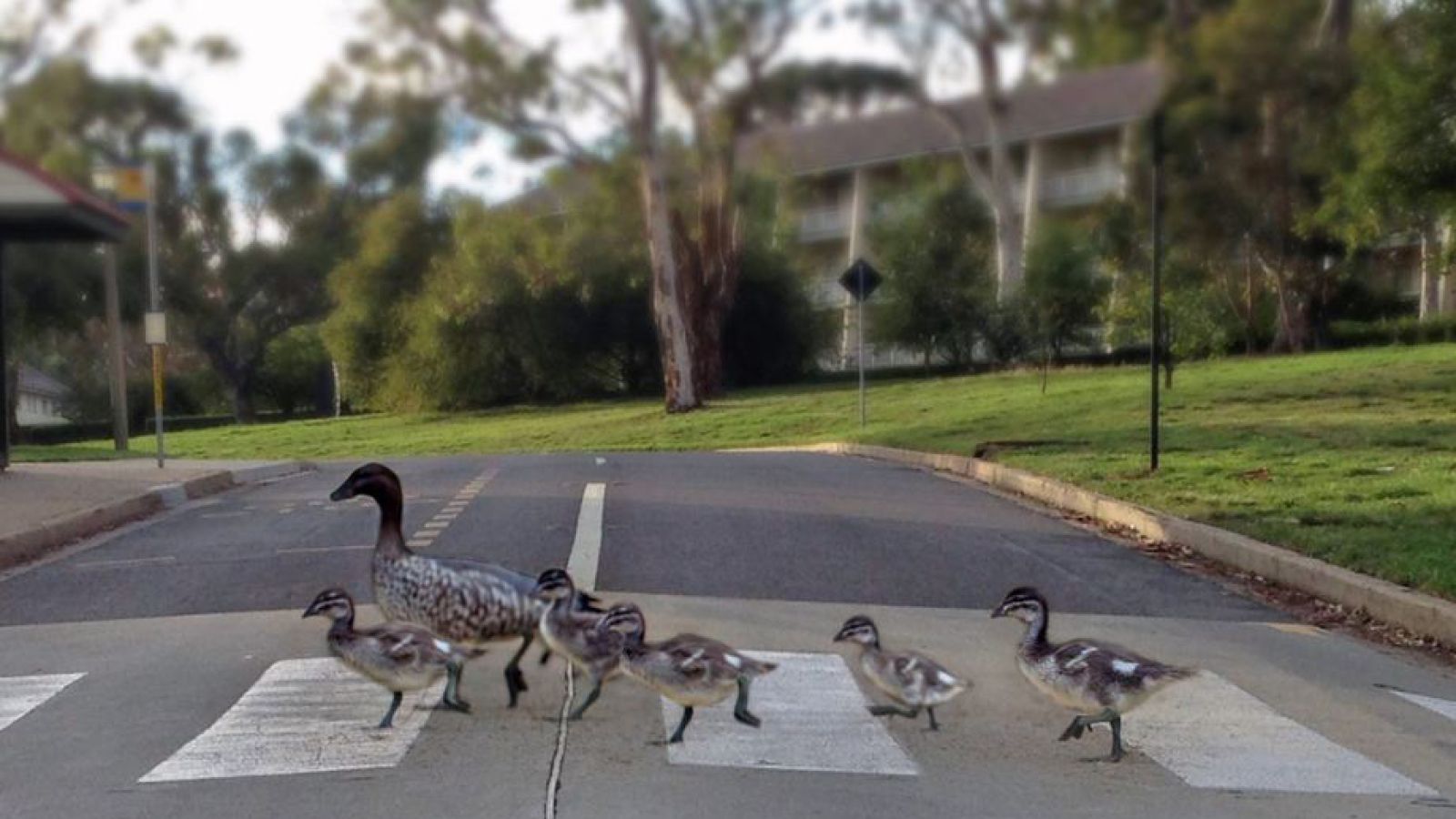Reading the bones

The discovery of an ancient cemetery full of headless skeletons and giant tortoises in Vanuatu is digging up the dirt on the life, death and eating habits of the Pacific’s first settlers.
Three thousand years ago something new washed up on the shores of the unspoilt islands dotting the blue expanse of the world’s largest ocean. Where only waves had lapped, fresh footprints in the sand marked the arrival of the first people into the Pacific – the Lapita.
The Lapita had launched their long-distance canoes from the Bismarck archipelago near New Guinea, island-hopping to the Solomon Islands, Vanuatu and then as far east as New Caledonia, Fiji, Tonga and Samoa. Their seafaring adventure into the most remote part of the globe was one of the great movements in history. It was also the birth of many of the societies and cultures found across the Pacific Islands today.
Read the full article in the ANU Reporter